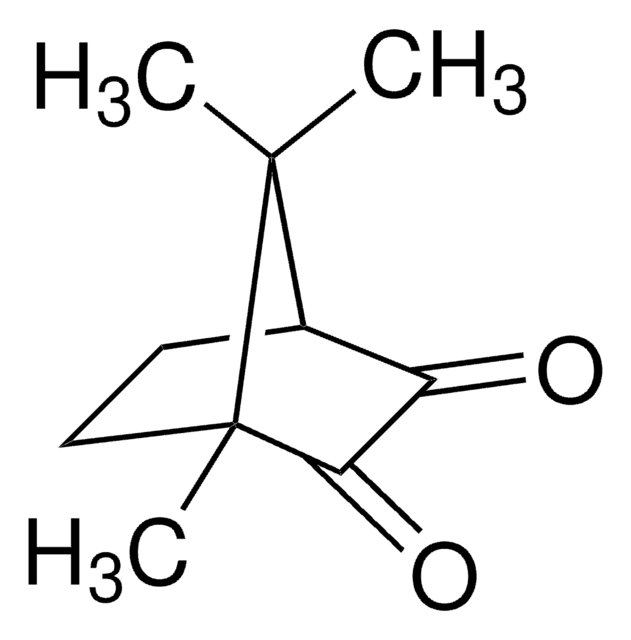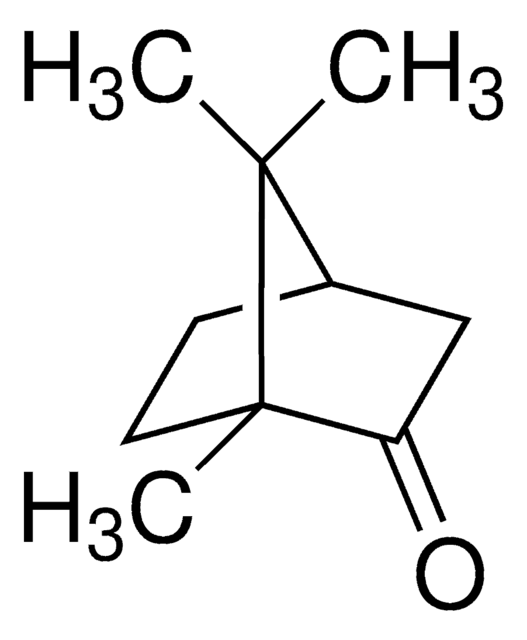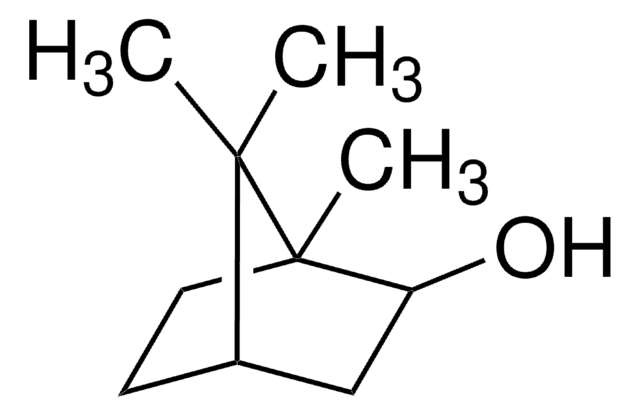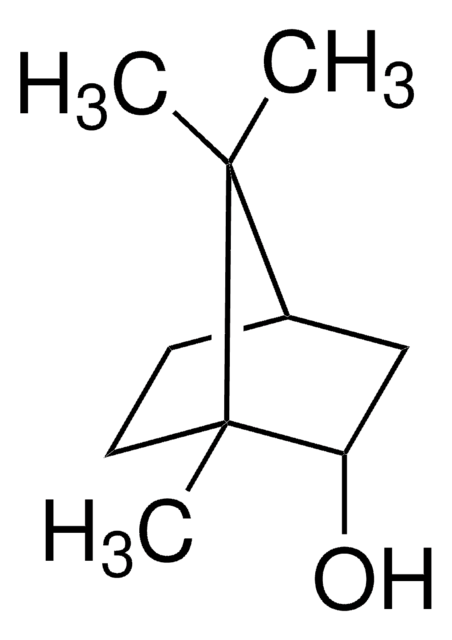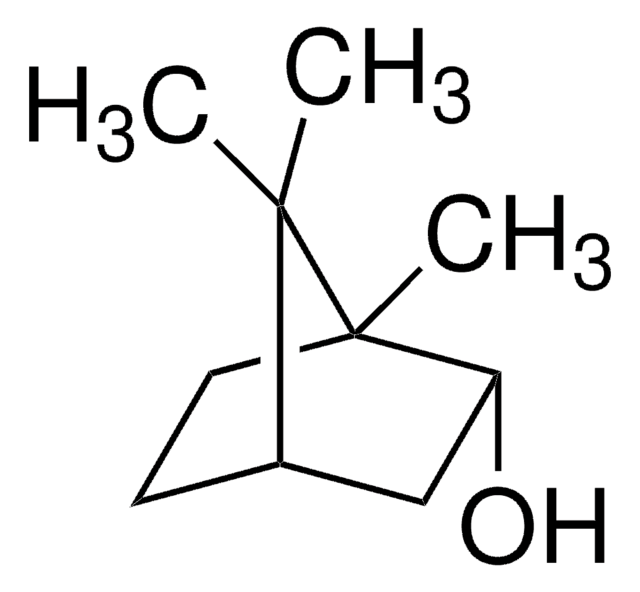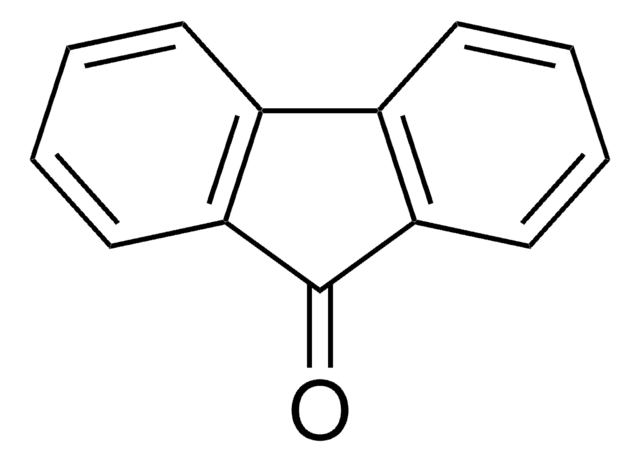272078
(1S)-(+)-Camphorquinone
99%
Synonyme(s) :
(1S)-(+)-Bornanedione
About This Item
Produits recommandés
Niveau de qualité
Essai
99%
Activité optique
[α]20/D +100°, c = 1.9 in toluene
Pf
197-201 °C (lit.)
Groupe fonctionnel
ketone
Chaîne SMILES
CC1(C)[C@H]2CC[C@]1(C)C(=O)C2=O
InChI
1S/C10H14O2/c1-9(2)6-4-5-10(9,3)8(12)7(6)11/h6H,4-5H2,1-3H3/t6-,10+/m0/s1
Clé InChI
VNQXSTWCDUXYEZ-QUBYGPBYSA-N
Vous recherchez des produits similaires ? Visite Guide de comparaison des produits
Catégories apparentées
Application
Code de la classe de stockage
11 - Combustible Solids
Classe de danger pour l'eau (WGK)
WGK 3
Point d'éclair (°F)
Not applicable
Point d'éclair (°C)
Not applicable
Équipement de protection individuelle
Eyeshields, Gloves, type N95 (US)
Faites votre choix parmi les versions les plus récentes :
Déjà en possession de ce produit ?
Retrouvez la documentation relative aux produits que vous avez récemment achetés dans la Bibliothèque de documents.
Notre équipe de scientifiques dispose d'une expérience dans tous les secteurs de la recherche, notamment en sciences de la vie, science des matériaux, synthèse chimique, chromatographie, analyse et dans de nombreux autres domaines..
Contacter notre Service technique
